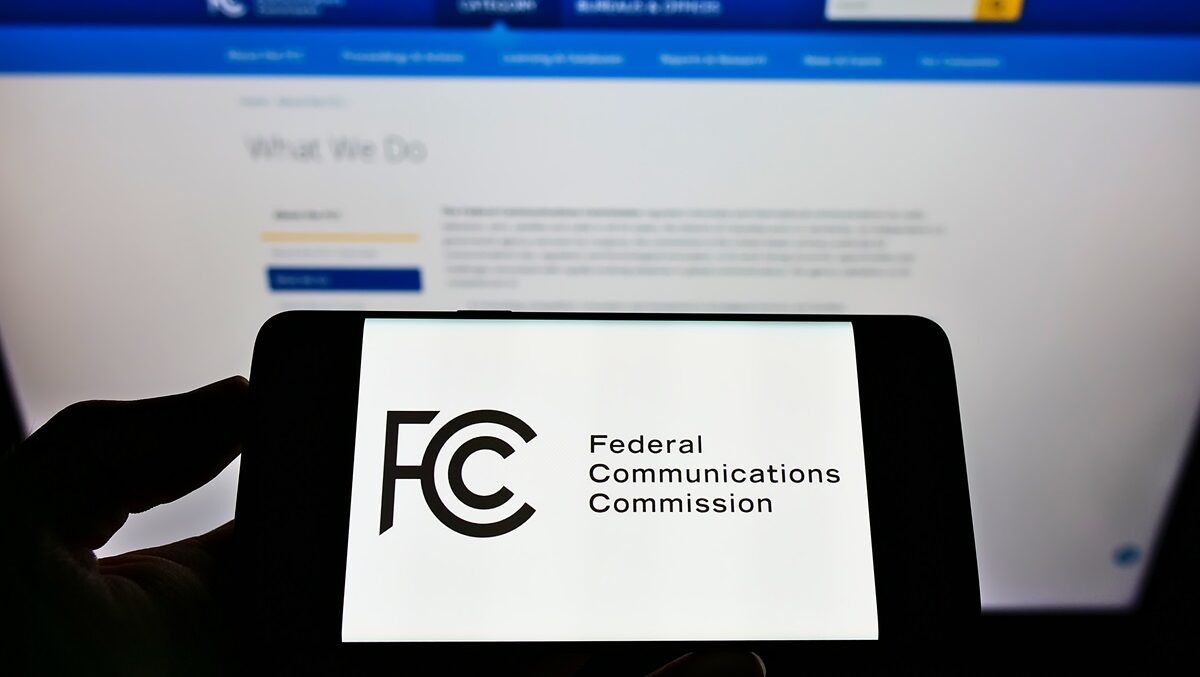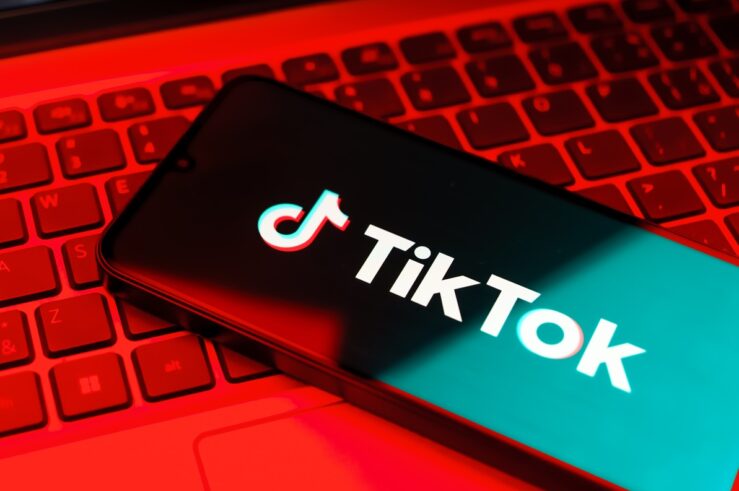
My high-school-aged son came home from school the day after Election Day in distress. His history teacher spent the entire class listing the Parade of Horribles in Project 2025 and its dire consequences for the United States.
I asked my son, “Project 2025 is more than 900 pages. Do you think your teacher read it?”
He shot back, “Did you?”
To which I responded, “Of course not. It’s more than 900 pages. Plus, Trump has disavowed himself of Project 2025.”
Fast-forward to this past week, and President-elect Donald Trump announced he will appoint Commissioner Brendan Carr chair of the Federal Communications Commission (FCC). It turns out he wrote the Project 2025 chapter on the FCC.
Reading that chapter therefore floated to the top of my to-do list. So, let’s see what soon-to-be Chairman Carr has in store for the FCC.
Section 230 on the Scrap Heap?
A good chunk of the chapter deals with Big Tech and the “threats to individual liberty posed by corporations that are abusing dominant positions in the market.” The section identifies Google, YouTube, and Facebook by name:
After Google manipulates search results, a small business can see its web traffic drop precipitously overnight for no apparent reason, potentially flipping its outlook from black to red. On Facebook, social media posts are left up or taken down, accounts suspended or permanently banned, without any apparent consistency. Out of the blue, YouTube can demonetize individuals who have risked their capital and invested their labor to build online businesses.
To “rein in” these companies, Carr’s Project 2025 chapter concludes the FCC should reinterpret Section 230 of the Communications Act. He advocates for narrowing the scope of Section 230, which shields online platforms from liability for content that users post. The chapter argues that the current broad interpretation of Section 230 allows platforms to censor conservative viewpoints with impunity while maintaining legal protection. Specifically, Carr proposes clarifying that Section 230(c)(1) applies only when platforms refrain from removing user-generated content and that the more limited protections of Section 230(c)(2) apply when platforms restrict access to such material.
Carr also suggests distinguishing more clearly between distributor and publisher liability. The chapter argues that Section 230 does not eliminate distributor liability or equate distributor liability with publisher liability.
National Security and the China Threat
In addition to Big Tech, Carr’s chapter expresses significant concern about national-security threats posed by Chinese telecommunications companies, particularly Huawei, ZTE, and TikTok. The chapter recommends expanding the FCC’s “covered list,” which prohibits using equipment and services deemed a risk to national security. Carr also supports publishing a list of entities holding FCC authorizations with significant ownership by foreign adversarial governments, in order to increase transparency.
In addition, Carr sees TikTok as a unique threat, because it provides China with the ability to influence American public opinion. He advocates for an outright ban on the platform. Additionally, the chapter calls for prohibiting regulated carriers from interconnecting with insecure providers, closing what some see as a loophole that allows foreign adversaries to access U.S. networks.
Spectrum and Space
Carr has acknowledged the importance of spectrum resources for emerging technologies for years and advocated for a more coordinated and efficient approach to spectrum allocation.
The need for improved communication and cooperation among federal agencies is of particular concern. Carr’s chapter cites a 2021-2022 incident in which a lack of coordination between the FCC and the Federal Aviation Administration (FAA) caused challenges for the aviation industry due to mid-band 5G spectrum allocation. Carr urges the commission to work with Congress to establish a more streamlined spectrum coordination process that balances the needs of commercial and federal users.
Carr’s chapter sees the development of low-earth-orbit (LEO) satellites such as Starlink and Amazon’s Project Kuiper as “the most significant technological development of the last few years.” He argues that the FCC should review and approve applications to launch new satellites more quickly.
More Effective Broadband Deployment
Carr’s chapter notes that “the federal government has more than enough resources to meet its broadband connectivity goals.” He argues, however, that many federal rules guiding spending on the goals “are poised to waste taxpayer money.”
The chapter highlights rules adopted to disperse $350 billion in funds under the American Rescue Plan Act, which were directed to overbuilding existing high-speed networks, rather than providing service to rural and unserved areas.
While not discussed in the Project 2025 chapter, Carr has been critical of the rollout of the Broadband Equity and Deployment (BEAD) program. The project has been plagued by red tape and regulatory uncertainty. The BEAD program is under the control of the U.S. Commerce Department’s National Telecommunications and Information Administration (NTIA), rather than the FCC. Nevertheless, it would not be surprising if Carr uses his FCC chair as a bully pulpit to urge faster BEAD deployment
Fostering Dynamic Competition
Carr’s chapter echoes the International Center for Law & Economics’ (ICLE) findings that the U.S. broadband market is both competitive and dynamic:
We are now seeing an unprecedented level of convergence, innovation, and competition in the market for connectivity. On the one hand, traditional cable providers like Charter are now offering mobile wireless services to consumers in direct competition with traditional wireless companies like Verizon. On the other hand, a new generation of low-earth orbit satellite services like StarLink and Amazon’s Project Kuiper stand to offer high-speed home broadband in competition with legacy providers. Furthermore, broadcasters are offering high-speed downloads directly to consumers over spectrum that previously provided only TV service.
To continue and improve that dynamism, Carr urges eliminating many “heavy-handed” FCC regulations, although the only specific regulation mentioned by name concerns media-ownership rules.
Dogs that Don’t Bark
As a commissioner, Carr has been vocal in his opposition to some of the agency’s more expansive new rules, such as digital discrimination and reclassifying broadband internet under Title II of the Communications Act. His Project 2025 chapter, however, makes only passing reference to Title II and does not mention digital discrimination.
Both of these rules are currently being challenged in the federal courts, and many commentators predict that the courts will overturn them (at least in part). At this point, it is not clear how Carr, as chair, will approach the courts’ decisions in these and other matters.
Overall, Carr’s Project 2025 chapter paints a picture of a telecommunications landscape fraught with concerns about online censorship, foreign influence, and the need to strategically manage spectrum resources. The proposed solutions emphasize a more assertive role for the FCC in regulating online platforms, addressing national-security concerns, and promoting American leadership in the global telecommunications arena.




